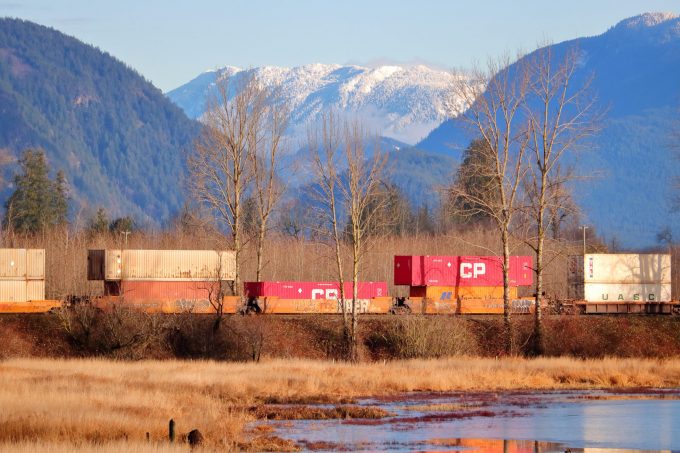Chinese New Year rush and threat of tariffs leaves box ports congested
The Chinese factory rush to get goods out before the new year holiday, and the ...

Rail flows from ports to the Canadian metropolises of Toronto and Montreal are stuck in low gear, with no end of the congestion in sight.
Boxes have piled up at the ports of Vancouver and Prince Rupert, as it takes longer to move them off the docks to urban centres in the east. On 12 July, three out of four container facilities at the port of Vancouver (Centerm, Deltaport and Fraser Valley Docks) showed box dwell times in excess of seven ...
Asia-USEC shippers to lose 42% capacity in a surge of blanked sailings
USTR fees will lead to 'complete destabilisation' of container shipping alliances
New USTR port fees threaten shipping and global supply chains, says Cosco
Outlook for container shipping 'more uncertain now than at the onset of Covid'
Transpac container service closures mount
DHL Express suspends non-de minimis B2C parcels to US consumers
Zim ordered to pay Samsung $3.7m for 'wrongful' D&D charges
Flexport lawsuit an 'undifferentiated mass of gibberish', claims Freightmate

Comment on this article